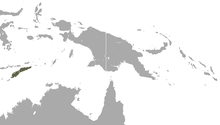
The São Tomé shrew is a white-toothed shrew about 3.0 in (7.6 cm) long found only on São Tomé Island, São Tomé and Príncipe. It is listed as a critically endangered species due to habitat loss and a restricted range. It was discovered in 1886. The population continues to decrease, making these animals rare. It is found only on São Tomé Island, a small island that is actually a shield volcano that rises out of the Atlantic Ocean.
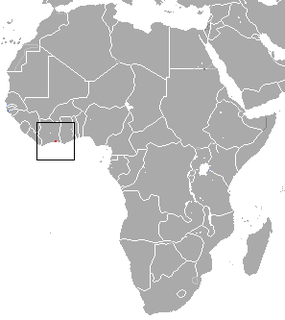
Wimmer's shrew is a white-toothed shrew found only in Côte d'Ivoire. It is listed as a critically endangered species due to habitat loss and a restricted range.

The Ussuri white-toothed shrew is a species of musk shrew found on the mainland Northeast Asia. It is common and widespread, and is one of the largest shrews found in the region, with adult weight of 14-25 grams. It should not be confused with the related Ussuri shrew.

The Armenian shrew is a species of mammal in the family Soricidae. It is endemic to Armenia.

Bates's shrew is a species of mammal in the family Soricidae. It is found in Cameroon, Republic of the Congo, Equatorial Guinea, and Gabon. Its natural habitat is subtropical or tropical moist lowland forests. This large black shrew was first described by the British zoologist Guy Dollman in 1915, the type locality being the vicinity of the Como River in Gabon. The exact definition of this species is unclear; it is often included in Fraser's musk shrew, or reported as Wimmer's shrew. Its karyotype is 2n=50, FN-76, which is identical to the Nigerian shrew, and the species complex is in need of a thorough revision.

The African dusky shrew or African foggy shrew is a species of shrew. It is native to the Democratic Republic of the Congo, where it lives in forests.

The smoky white-toothed shrew is a species of mammal in the family Soricidae. It is endemic to Kenya. Its natural habitat is subtropical or tropical moist montane forests. It is threatened by habitat loss.

The Sulawesi shrew is a species of mammal in the family Soricidae. It is endemic to the central and northern provinces of Sulawesi in Indonesia. It is a fairly common species and the International Union for Conservation of Nature has assessed its conservation status as being of "least concern".

The gracile naked-tailed shrew is a species of mammal in the family Soricidae. It is found in Burundi, Gabon, Kenya, and Uganda. Its natural habitat is swamps.
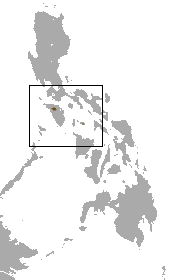
The Mindoro shrew is a species of mammal in the family Soricidae. It is endemic to the Philippines. It is threatened by habitat loss.
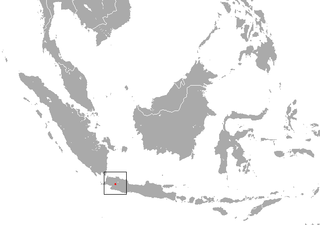
The Oriental shrew is a species of mammal in the family Soricidae. It is endemic to Indonesia. It is threatened by habitat loss.

The pale gray shrew is a species of mammal in the family Soricidae. It is endemic to Pakistan. It is threatened by habitat loss.

The Sulawesi white-handed shrew or Temboan shrew is a species of mammal in the family Soricidae. It is endemic to the island of Sulawesi in Indonesia. It is a fairly common species and the population seems stable so the International Union for Conservation of Nature has assessed its conservation status as being of "least concern".

The Ugandan lowland shrew or Moon shrew, is a species of mammal in the family Soricidae. It is found in Kenya and Uganda. Its natural habitats are subtropical or tropical swamps and subtropical or tropical moist montane forest. It is threatened by habitat loss.
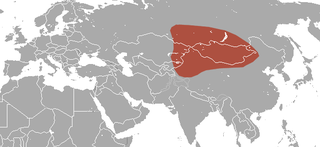
The Siberian shrew is a species of mammal in the family Soricidae. It is found in Russia, possibly China, and possibly Mongolia.
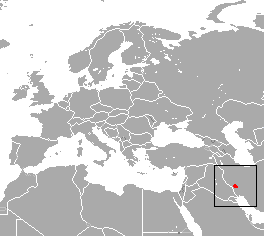
The Iranian shrew is a species of mammal in the family Soricidae. It is endemic to Iran. It is threatened by habitat loss.
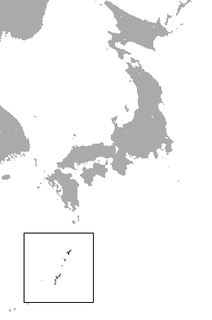
The lesser Ryukyu shrew, or Watase's shrew is a common species of shrews that is endemic to Japan. It is often found living in bushes and grasslands along the river banks and in shrubs of lower elevations.

The peninsular shrew is a species of mammal in the family Soricidae. It is found in the Malay Peninsula and Thailand. It is also found on the adjacent islands of Koh Samui, Pulau Tioman, and Pulau Mapor. This species has recently been synonymized with Crocidura malayana
